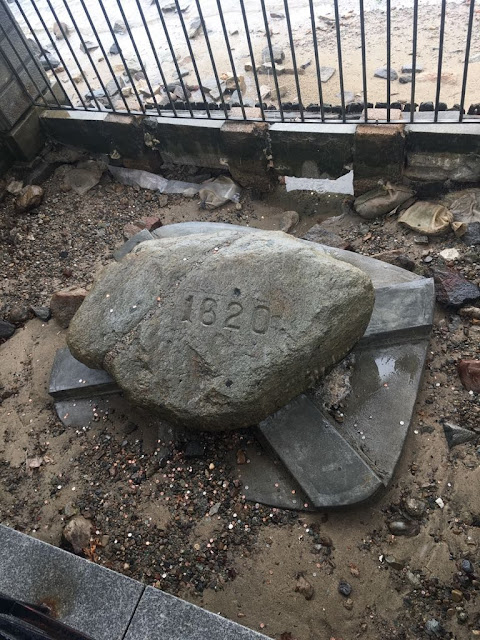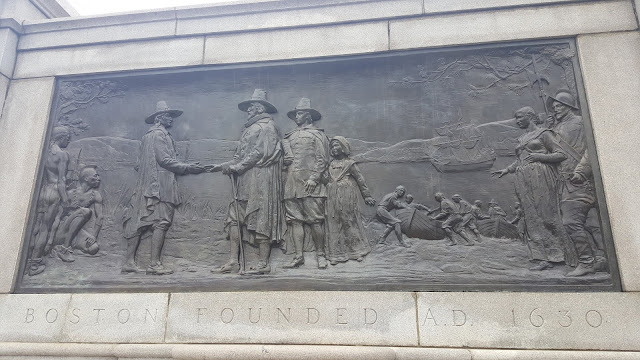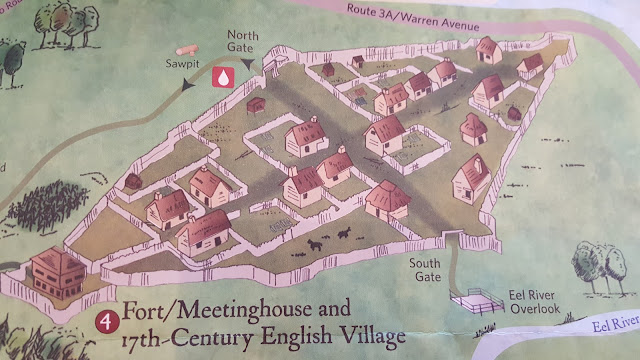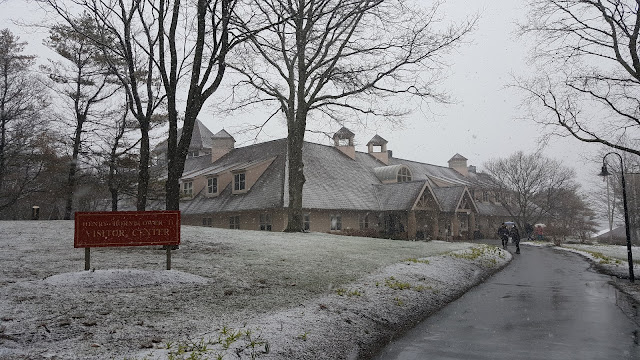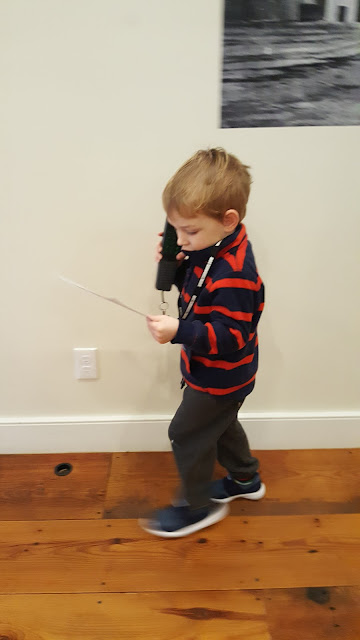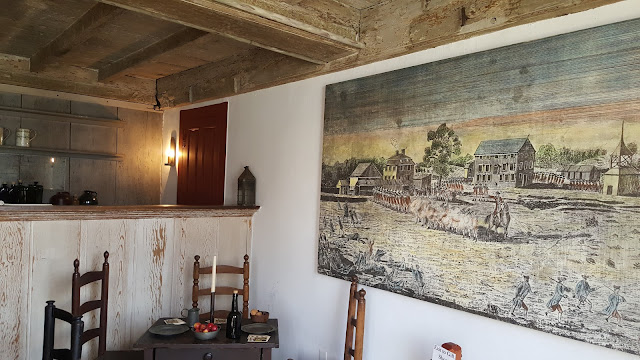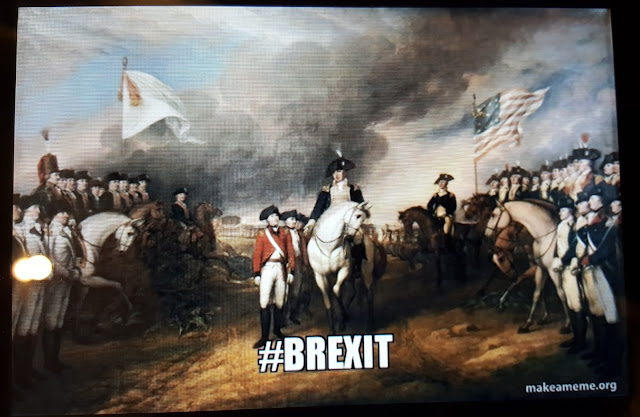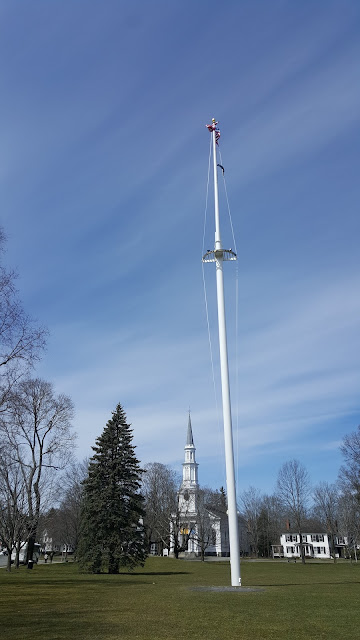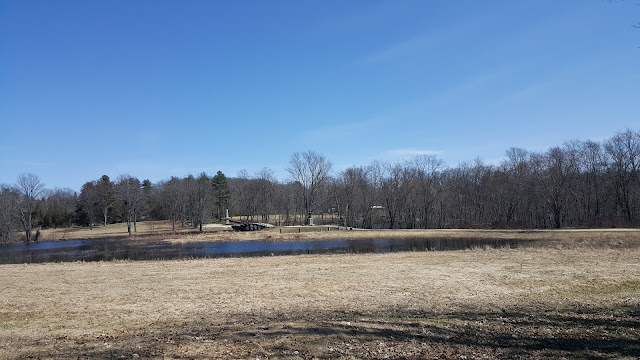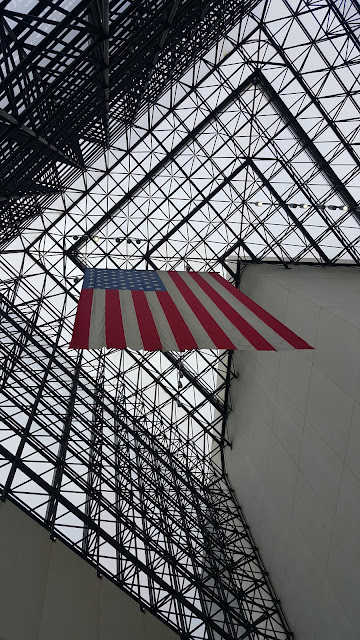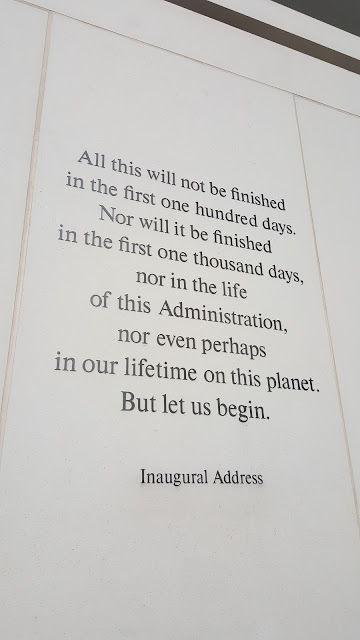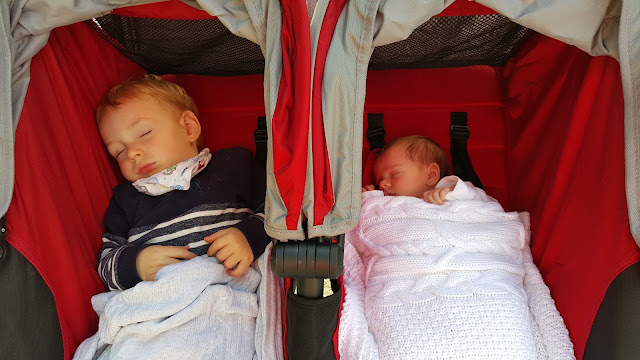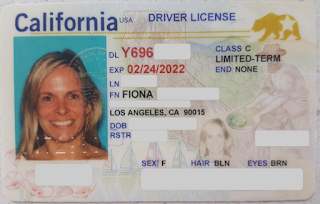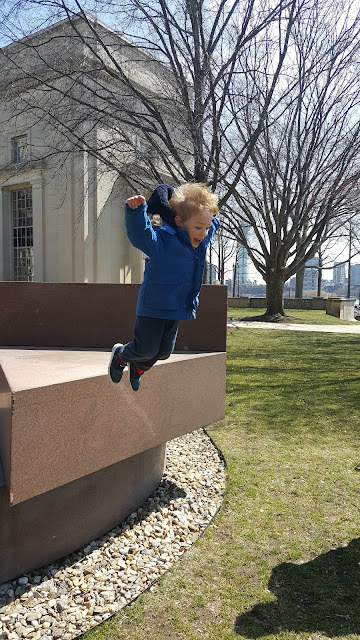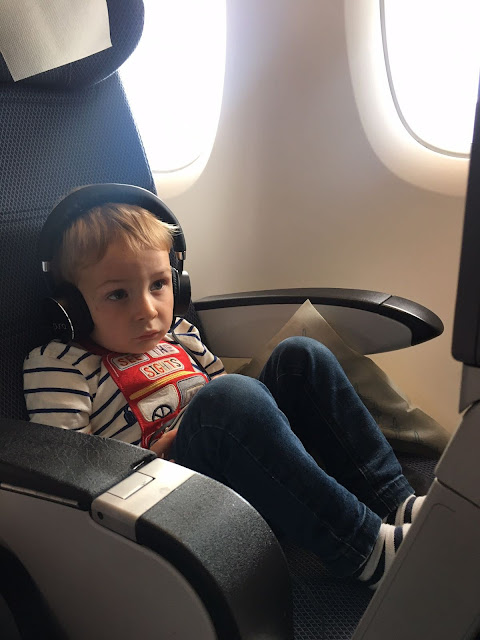Heroes are my weakness
That was the title of one the books on our host's shelf, along with "The History of Coffee" and "Rwandan Women". I enjoyed a few brief sojourns with the latter two, but then the "Heroes Are My Weakness" title caught my attention. Which heroes? Why is it "weakness" to be captivated by them? Surely that's one of their wonderful side effects: people hold heroes up as great examples of humanity, and aspire to be like them? Upon closer inspection, the book was rather disappointingly a romantic fiction novel, but the title still plays on my mind. Heroes are my weakness indeed. And Boston, I was beginning to realise, is full of them. I was starting to really like this place.
In chronological order, first we delved into historical Boston we learned about the brave souls who set up home in this, a foreign land, in a desperate plight for a better life. The Mayflower brought the first wave of pilgrims in 1620 from Plymouth, England, to Plymouth, Massachusetts. The famous Plymouth Rock officially marks the landing spot.
And this plaque in Boston Common refers to the eventual move to Boston a decade later.
But back to Plymouth: we visited the excellent Plimoth Plantation where we first saw a Wampanoag Homesite, a real representation of how some of the Native People lived, cooked and worked back in the 17th century. The staff are all descendants, and they wear the apparel of their ancestors and demonstrate their skills, along with happily answering lots of questions. Next up we visited the English Village, which demonstrates how the new arrivals set up their homes, and included staff who not only dressed up in the clothing of the day but who also role-played the entire time, telling us in old-fashioned vocabulary and accents how they traversed the waters to come to this here fine land.
And yes, that's snow you see here - it made all the photos look quite poor, in all honesty, so I've just included a few. Still, this 'living museum' was a really refreshing way to learn about history, so we very much enjoyed our wintery visit. I'd highly recommend it.
A few days later when it brightened up we visited Lexington and Concord and learned about the courageous citizens who fought for their livelihood and their freedom, and the masterminds who plotted the resistance and devised signals and decoys without so much as a single Excel spreadsheet. Despite being British and, as Mr H pointed out, potentially related in some far off way to the British soldiers who were slain, I can't help but see these revered Bostonites as heroes.
First stop was the ever-so-pretty Lexington. The houses are quaint and picturesque, as demonstrated by the visitor centre.
We started our education in the Buckman Tavern, where the Lexington militia gathered on April 19th, 1775, before the very first battle of what would become the American War of Independence took place on Lexington Green across the road. We had a lovely chat with the delightful ladies who run the place, then set off with our audio tours as well as Master H's sheet of objects he had to spot in the various rooms.
A short drive further on is Concord, where just a few hours later the "shot heard round the world", as Ralph Waldo Emerson described it a century later, was fired. The British soldiers marched up to Concord, the locals watched and waited as they saw what they thought was their home town being burned to the ground, and then the two armies advanced and met on this quiet, unassuming bridge. The British fired first, and then the local 'minute men' - who were little more than a group of farmers hastily assembled in order to defend their livelihoods - fired back. This treasonous act, to fire on British soldiers, is the shot to which Emerson refers. This act of rebellion, of uprising, of standing up for what they believed to be right over what they were told would happen to them - this was heroism of the bravest sort.
Concord itself is another pretty town - even the banks are pretty. We had a really tasty lunch at Main Streets Market & Cafe, where the food was good, the staff were excellent with the kids, and the coffee was the nicest I've had in Massachusetts!
I'll confess I didn't know much about JFK before this visit. And all the information about his childhood was really interesting, for sure. But what struck me most were the times in his life where I identified what I believe was genuine selflessness. He rescued his crew when his boat was rammed in WWII, even towing with his teeth one man who couldn't swim. He made it clear that civil rights was a moral issue, unashamedly tackling the issue in a way most of his advisers feared would disadvantage him. And his inaugural speech sets out an admirable tenet: he knows he will not see the peaceful world he strives to create fully realised, but still, in a world where quick wins are king, to this President what mattered was that he got started.
In chronological order, first we delved into historical Boston we learned about the brave souls who set up home in this, a foreign land, in a desperate plight for a better life. The Mayflower brought the first wave of pilgrims in 1620 from Plymouth, England, to Plymouth, Massachusetts. The famous Plymouth Rock officially marks the landing spot.
And this plaque in Boston Common refers to the eventual move to Boston a decade later.
But back to Plymouth: we visited the excellent Plimoth Plantation where we first saw a Wampanoag Homesite, a real representation of how some of the Native People lived, cooked and worked back in the 17th century. The staff are all descendants, and they wear the apparel of their ancestors and demonstrate their skills, along with happily answering lots of questions. Next up we visited the English Village, which demonstrates how the new arrivals set up their homes, and included staff who not only dressed up in the clothing of the day but who also role-played the entire time, telling us in old-fashioned vocabulary and accents how they traversed the waters to come to this here fine land.
 |
| Walking through the village |
 |
| In the fort |
And yes, that's snow you see here - it made all the photos look quite poor, in all honesty, so I've just included a few. Still, this 'living museum' was a really refreshing way to learn about history, so we very much enjoyed our wintery visit. I'd highly recommend it.
A few days later when it brightened up we visited Lexington and Concord and learned about the courageous citizens who fought for their livelihood and their freedom, and the masterminds who plotted the resistance and devised signals and decoys without so much as a single Excel spreadsheet. Despite being British and, as Mr H pointed out, potentially related in some far off way to the British soldiers who were slain, I can't help but see these revered Bostonites as heroes.
First stop was the ever-so-pretty Lexington. The houses are quaint and picturesque, as demonstrated by the visitor centre.
We started our education in the Buckman Tavern, where the Lexington militia gathered on April 19th, 1775, before the very first battle of what would become the American War of Independence took place on Lexington Green across the road. We had a lovely chat with the delightful ladies who run the place, then set off with our audio tours as well as Master H's sheet of objects he had to spot in the various rooms.
This was a fun little introduction, but then we went upstairs and I was really impressed. Not only did they have things for kids to pick up and play with, but the whole premise of this new exhibit is of how social media worked then, comparing it with now. Calls to action of the time were dressed up as tweets; propaganda was made to look like Facebook memes; and comic commentary was courtesy of Instagram posts with amusing hashtags.
After prising the tankard and hat from our children we left the tavern to go across to the fateful grassland that is Lexington Green. We stood where the battle line looked to have been. It was unimaginable. This wasn't a picture in a history book. This was an actual battleground - the first I've stood on.
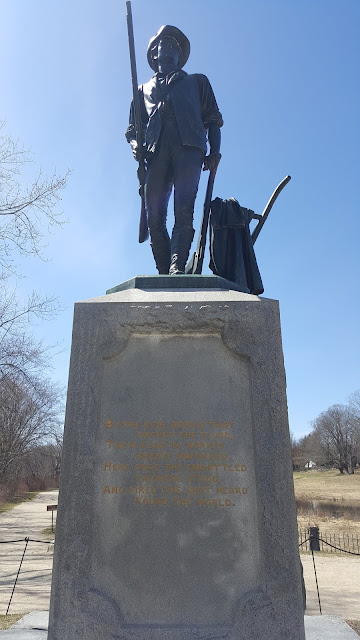 |
| Minute Man Statue |
Concord itself is another pretty town - even the banks are pretty. We had a really tasty lunch at Main Streets Market & Cafe, where the food was good, the staff were excellent with the kids, and the coffee was the nicest I've had in Massachusetts!
My final nod to heroes came towards the end of our stay, when we visited the John F. Kennedy Presidential Library and Museum. It's an impressive place, with lots of information in various formats (which makes it easy to digest quite a lot in one visit), and perhaps the biggest flag I've seen suspended from a ceiling.
I'll confess I didn't know much about JFK before this visit. And all the information about his childhood was really interesting, for sure. But what struck me most were the times in his life where I identified what I believe was genuine selflessness. He rescued his crew when his boat was rammed in WWII, even towing with his teeth one man who couldn't swim. He made it clear that civil rights was a moral issue, unashamedly tackling the issue in a way most of his advisers feared would disadvantage him. And his inaugural speech sets out an admirable tenet: he knows he will not see the peaceful world he strives to create fully realised, but still, in a world where quick wins are king, to this President what mattered was that he got started.
Yes, sure, it could have been political rhetoric. JFK wasn't perfect. The Concord farmers were looking out for themselves, and the pilgrims set sail out of desperation. There are always shades of light and dark, but, in a rather childlike fashion, I find myself seeing the good in people before allowing the negative to creep in. JFK was brave and thought of others. The fighters in Concord and Lexington were defending their world with their lives. The pilgrims undertook a treacherous journey to an unknown land in order to live in a way they felt their community would be able to prosper. I choose to see heroes. That is why they're my weakness. But it's my favourite one.
Coming up: Boston Children's Museum, MIT, and the Boston Red Sox.
